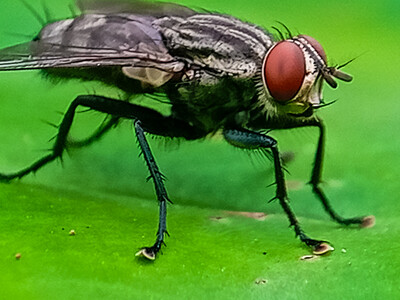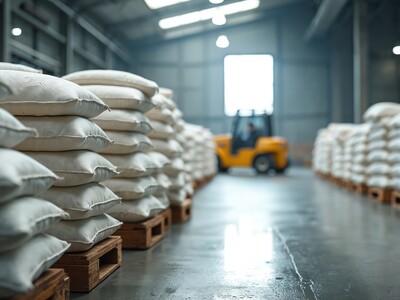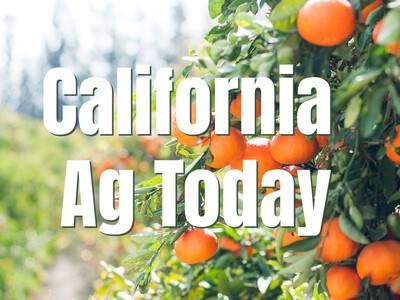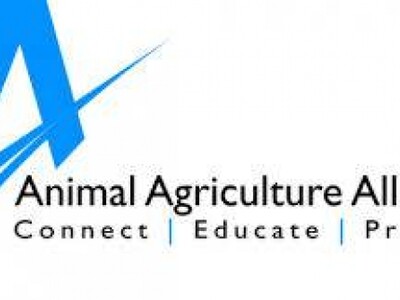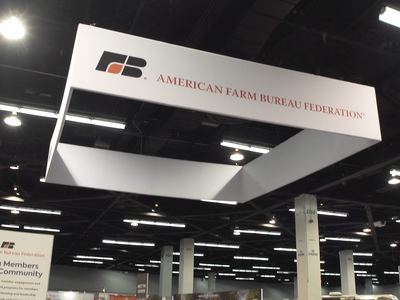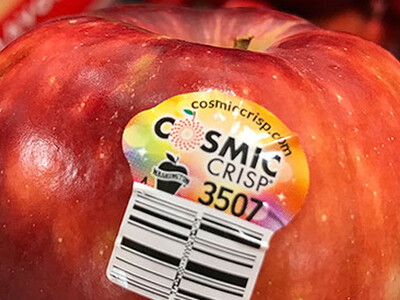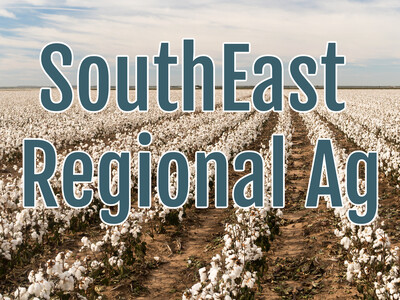A bee's diet
USDA research Shawn Steffan discusses how microbes within the pollen provisions for bee larvae provide necessary amino acids, and therefore, a source of protein.Recent research appears to show that bees and their larvae don't just survive on pollen and nectar alone, but also on protein rich microbes as well.
Are bees omnivores eating both plants and proteins. A USDA researcher says a diet is more than pollen and nectar, also containing fungi, bacteria and other microbes with amino acids, the building block of proteins.
What we've done is establish that bees eat lots of microbe derived protein in their fermenting pollen provision. Most of that protein comes from a combination of bacteria and yeast.
Researcher Shawn’ Steffen says naturally occurring microbes within a bee broods pollen provision, microbes with amino acids, appear to be an essential part of the bee diet.
“We've shown that when you take them away, the bees really suffer and it’s not just honeybees, but a variety of bees. So the implications of this are that bees are not just omnivorous, but bees need microbial protein. They need this external rumen to complete their development and to thrive and basically be more fit.” What with the catastrophic and ominous epidemic of what is known as colony collapse disorder, it is good that the USDA is actively pursuing bee health.




